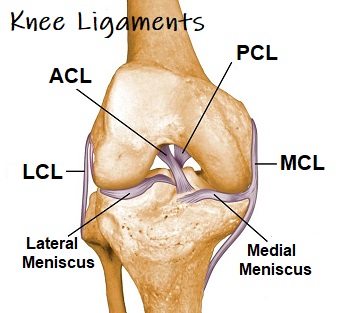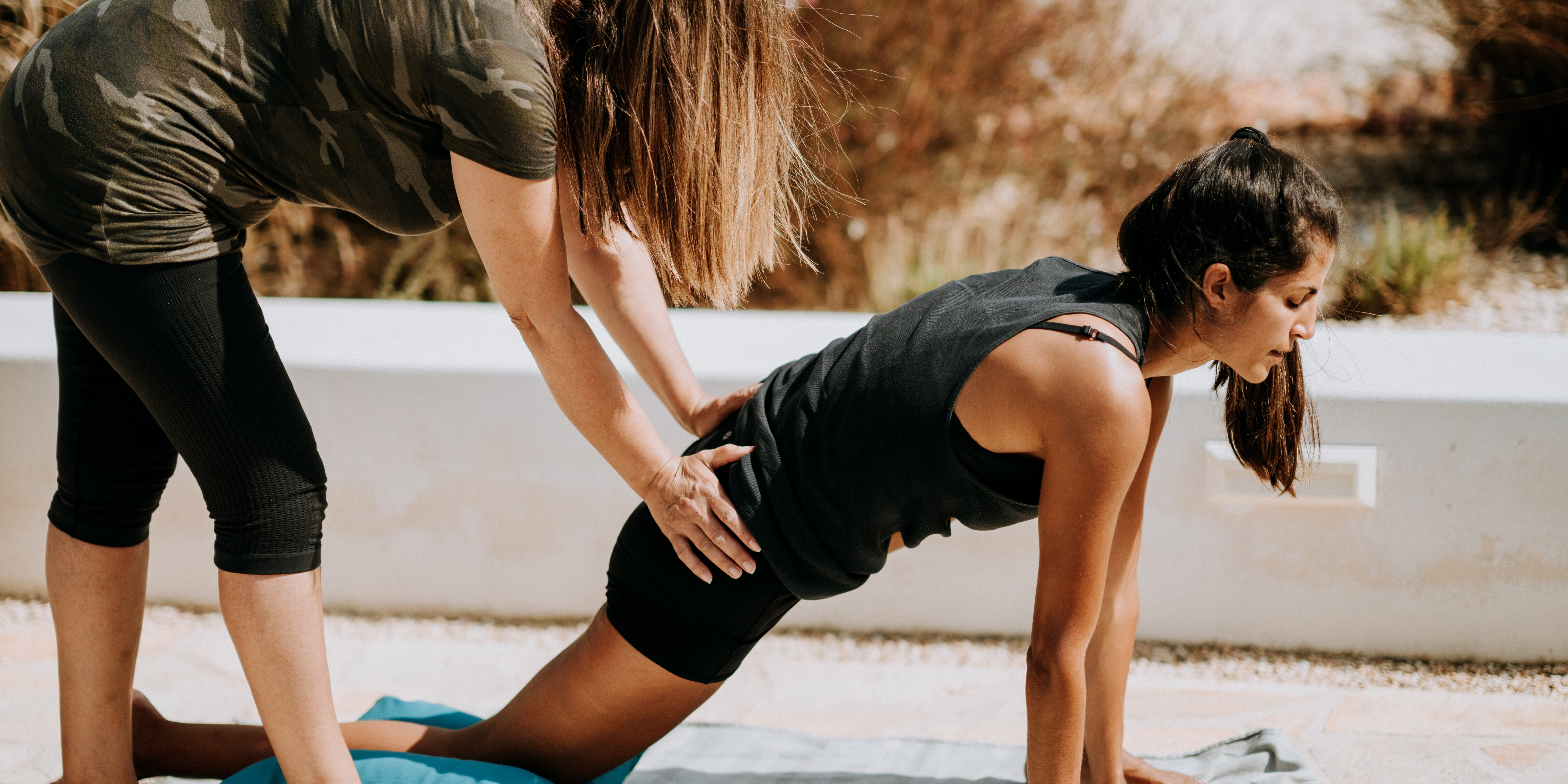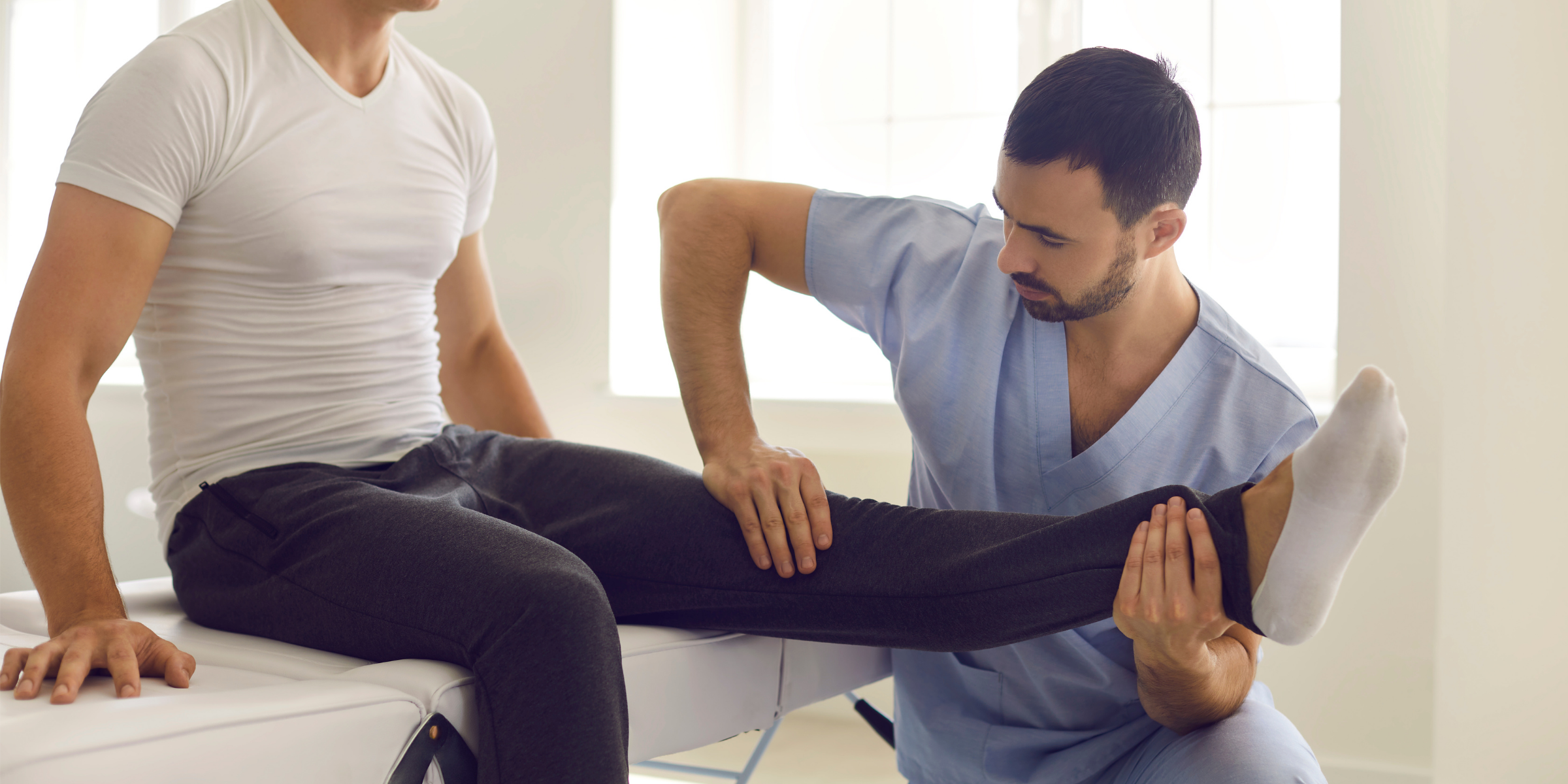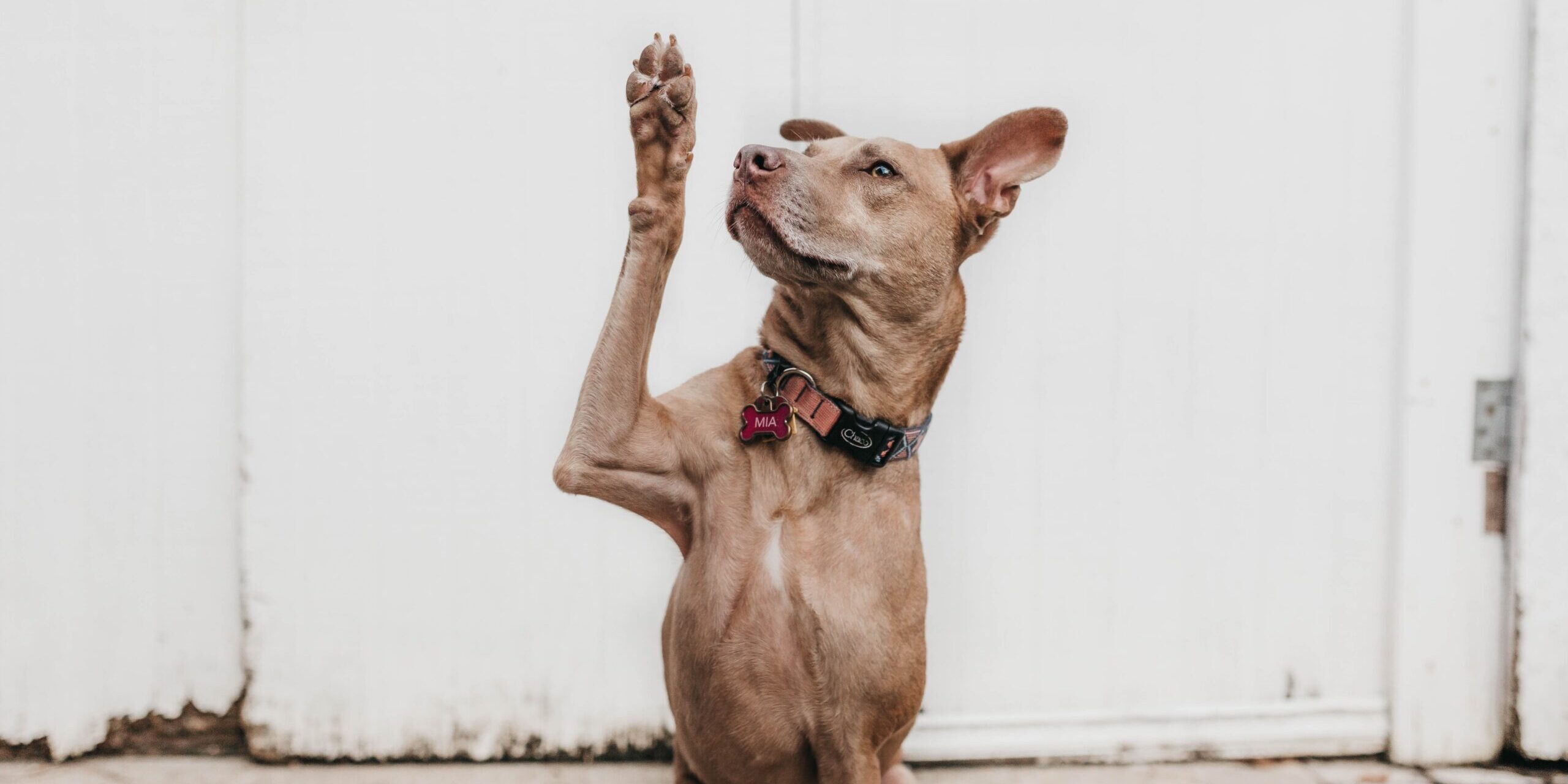The ACL is one of the four major ligaments that provide stability to the knee joint. It is located in the center of the knee and runs diagonally from the back of the FEMUR (thigh bone) to the front of the TIBIA (shin bone). The ACL is responsible for controlling the forward and rotational movement of the tibia relative to the femur.
The ACL plays a critical role in stabilizing the knee joint during activities that involve twisting, pivoting, or sudden changes in direction. When the knee is bent and twisted, the ACL prevents the tibia from moving too far forward or rotating too much, which can lead to knee instability and potential injury. It also helps to keep the knee joint in proper alignment and ensures that the bones of the knee move smoothly against each other.
In addition to its role in stabilizing the knee joint, ACL also helps to transmit forces between the femur and the tibia. This allows for efficient transfer of energy during movements such as jumping and landing.
How do people tear their ACL’s?

ACL (anterior cruciate ligament) tears are a common injury, especially among athletes involved in sports that involve jumping, pivoting, or sudden changes of direction. Here are some of the most common causes of ACL tears:
1. Non-contact injury: Many ACL tears occur without contact from another player or object. This type of injury is often caused by sudden deceleration or change of direction, such as landing awkwardly from a jump or twisting the knee while the foot is planted on the ground.
2. Direct contact: ACL tears can also occur as a result of direct contact with another player or object, such as a collision with another athlete or a fall onto a hard surface.
3. Overuse: Overuse injuries can also contribute to ACL tears, particularly in athletes who engage in repetitive jumping or running activities.
4. Improper landing technique: Poor landing technique during jumping and cutting movements can place excessive stress on the knee and increase the risk of ACL injury.
5. Muscle imbalance: Muscle imbalances, particularly between the quadriceps and hamstrings, can increase the risk of ACL injury by placing uneven stress on the knee joint.
6. Gender and anatomy: Females are at higher risk of ACL tears due to differences in anatomy, such as a narrower intercondylar notch and greater laxity in the ligaments. Hormonal factors may also play a role in ACL injury risk.
How long is the ACL recovery process?
The recovery process for an ACL tear depends on several factors, including the severity of the tear, whether the patient undergoes surgery, and how well they follow the rehabilitation program. Here are the general stages of recovery after an ACL tear:
7. Acute stage: This stage begins immediately after the injury and lasts for about a week. During this time, the patient may experience pain, swelling, and limited range of motion in the affected knee. RICE (rest, ice, compression, elevation) is typically recommended during this stage to help reduce pain and swelling.
8. Rehabilitation stage: Once the initial swelling and pain have subsided, the patient can begin rehabilitation. This usually involves kinesiologists to help improve range of motion, strength, and balance in the affected knee. The rehabilitation program will be tailored to the individual patient and may include exercises such as quad sets, hamstring curls, and balance training.
9. Surgical stage (if applicable): If the patient undergoes surgery to repair the ACL, they will need to follow a specific rehabilitation program to ensure proper healing. This typically involves wearing a knee brace and using crutches for a period of time after surgery. Physical therapy will focus on restoring range of motion, strength, and stability in the knee.
10. Return to activity stage: Once the patient has completed rehabilitation, they can gradually return to their normal activities, including sports or other high-impact activities. The timing of this stage will vary depending on the patient and the severity of the injury, but it typically takes several months to a year to fully recover from an ACL tear.
It’s important to note that recovery from an ACL tear can be a long and challenging process, and it’s important to follow the guidance of a healthcare professional and adhere to the rehabilitation program to achieve the best possible outcome. A normal ACL rehabilitation process is anywhere from 12 to 15 months.
How do you prevent ACL tears?
Prevention for ACL tears includes keeping your body physically strong and participating in activities that your body is physically ready for. (Learn more about ACL Prevention Protocols Here)
Is someone more susceptible to an ACL tear?
- Gender: Female athletes are at a higher risk of ACL injuries than males due to differences in anatomy, hormone levels, and neuromuscular control.
- Age: ACL injuries are more common among younger athletes, especially teenagers, due to a combination of physical immaturity and increased participation in sports.
- Previous injury: Athletes who have previously suffered an ACL injury are at a higher risk of re-injury due to weakened ligaments and reduced neuromuscular control.
- Sport type: Certain sports, such as basketball, soccer, football, and skiing, have a higher incidence of ACL injuries due to the high degree of jumping, cutting, and pivoting involved.
- Playing surface: Athletes who participate in sports on hard or artificial surfaces, such as basketball courts or turf fields, have a higher risk of ACL injuries due to increased friction and impact forces.
- Poor neuromuscular control: Individuals with poor balance, coordination, and muscular strength are at a higher risk of ACL injuries due to reduced joint stability and increased susceptibility to sudden movements.
It’s important to note that while certain factors may increase the risk of ACL injuries, they do not necessarily guarantee that an injury will occur. Taking preventive measures, such as proper conditioning, technique, and equipment, can reduce the risk of ACL injuries. Work with a kinesiologist to increase your abilities and prevent ACL tears.

Interested in working with us?
Book a free discovery call to see if you would be the right fit for our programs!





